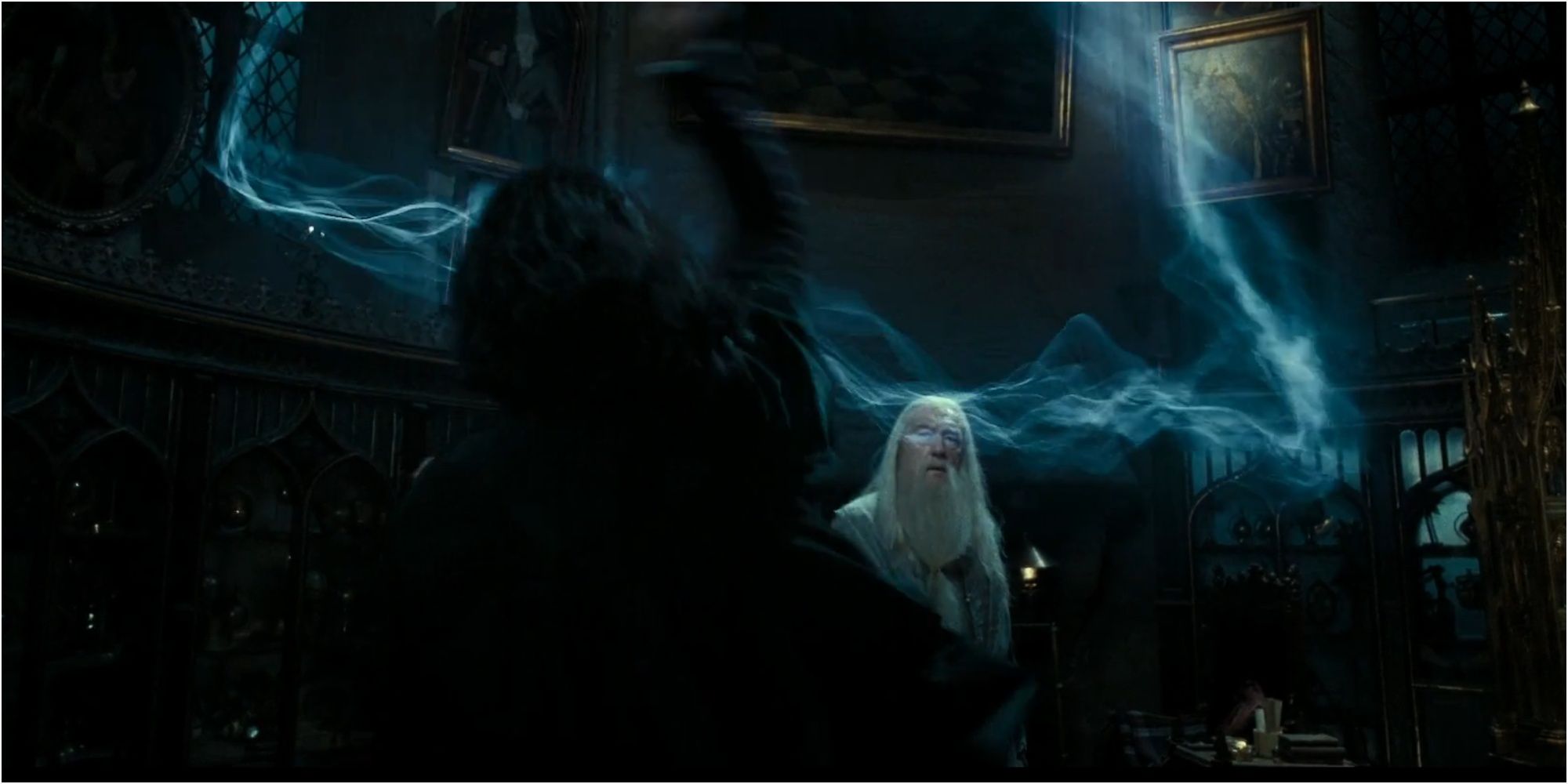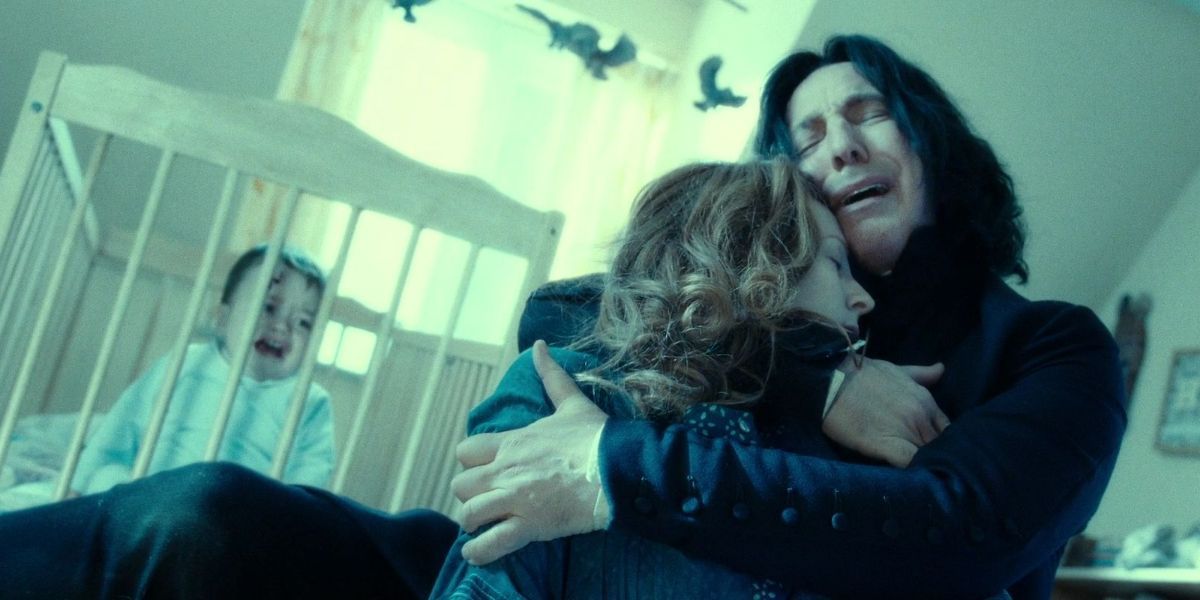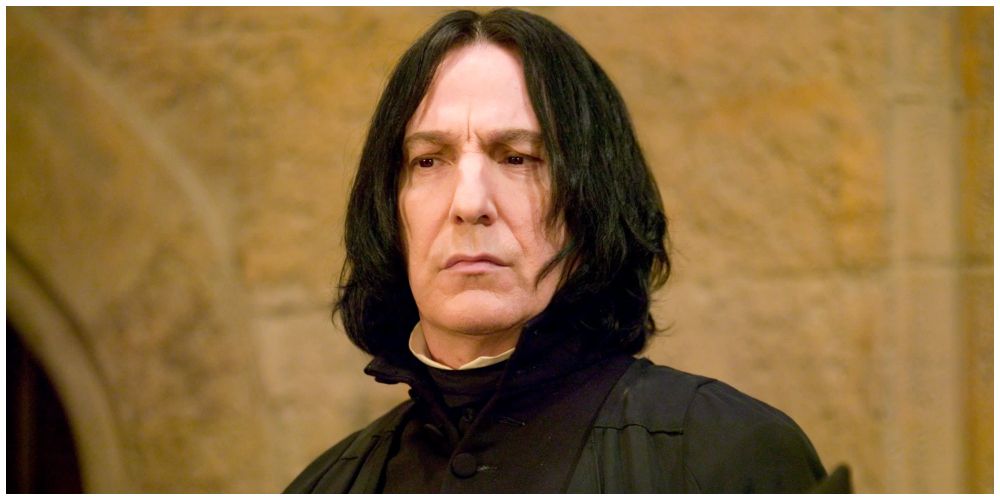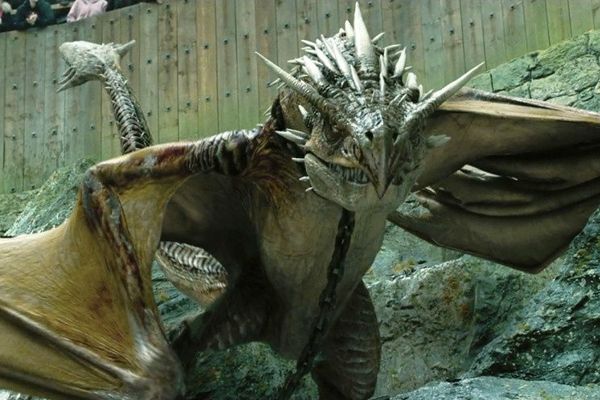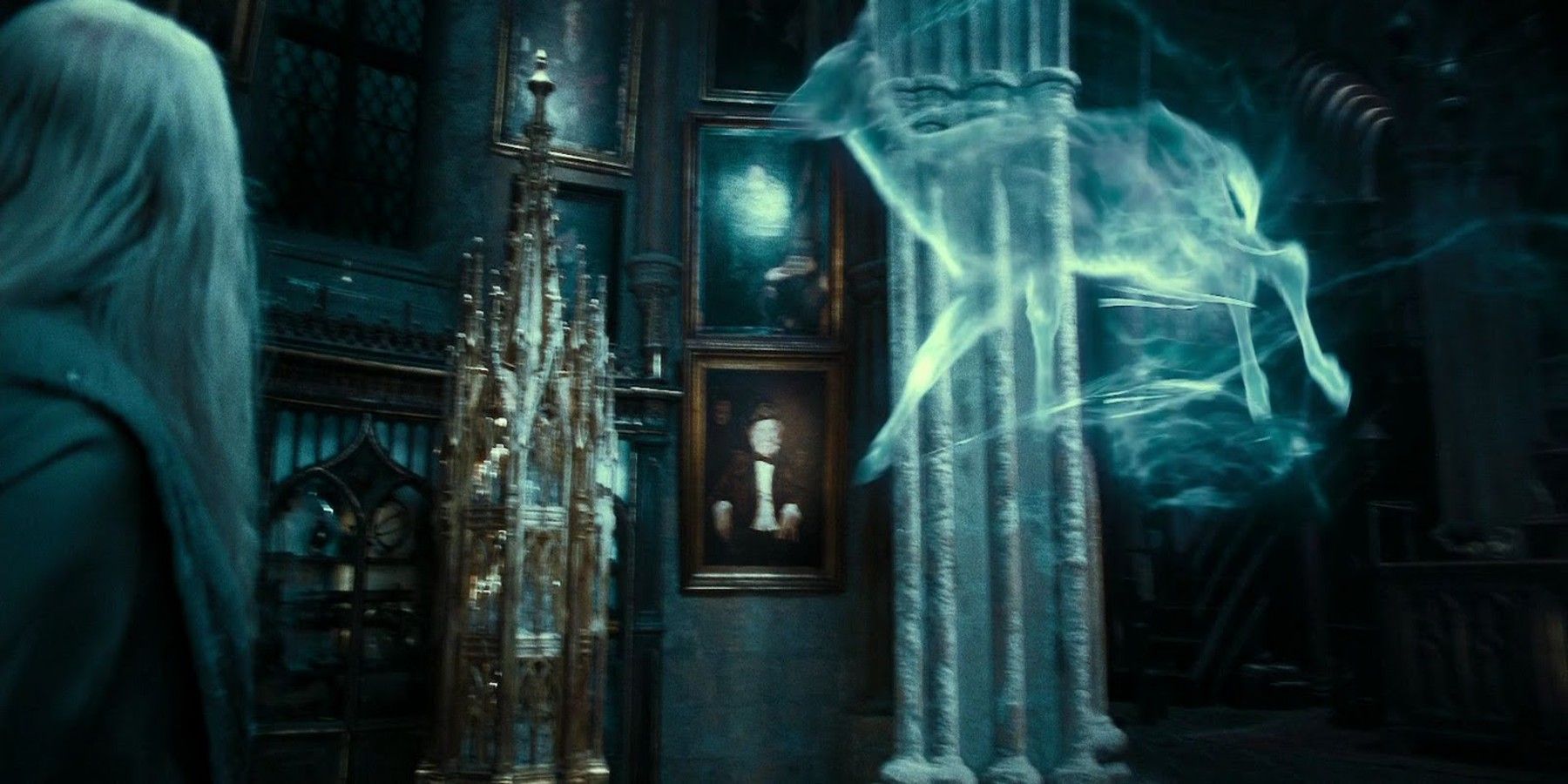
The Enigma Unveiled: Unraveling the Mystery Behind Snape's Doe Patronus

Unveiling the Mystery: Snape's Doe Patronus in Harry Potter Discover the significance behind Snape's shared Patronus with Lily Potter and what it reveals about his complex character
The Expecto Patronum spell holds great significance in the Harry Potter series. It serves as a defense against the malicious Dementors and acts as a guardian for those who invoke it. When successfully cast, the Patronus Charm typically manifests as a silver animal.
The animal that materializes is unique to each individual witch or wizard, carrying a personalized significance that reflects their inner self. For instance, Harry Potter's Patronus takes the form of a stag, symbolizing his profound connection with his late father. Stags are also associated with transformation and rebirth, making it an apt choice for the chosen one. However, fans often find themselves puzzled by the Patronus of Severus Snape, which appears as a doe. What is the reason behind Snape's choice, and what does it unveil about his character?
When do we see Snape’s Patronus?
In Harry Potter and the Deathly Hallows: Part 1, the doe Patronus makes its first appearance to guide Harry to the Sword of Gryffindor in the forest. This specific Patronus belonged to Harry's mother, Lily Potter, and its sudden appearance confuses him.
However, it is only in Harry Potter and the Deathly Hallows: Part 2 that the true identity of the Patronus caster is revealed. After Snape's death, his memories are viewed in the Pensieve, unveiling the emotional scene where he casts the doe Patronus. The moment Dumbledore sees Snape's Patronus, identical to Lily Potter's, he exclaims "Lily?" before witnessing a flashback of Snape holding Lily's lifeless body after Voldemort's attack. Dumbledore then asks, "After all this time?" and Snape simply responds with "Always".
Why does Snape have the same Patronus as Lily Potter?
While Harry Potter enthusiasts often have varying theories about the significance of this conversation, the general agreement is that Dumbledore is questioning Snape's enduring love for Lily, even after all this time. Snape's response of 'Always' confirms Dumbledore's inquiry - he still loves Lily Potter after all these years. This sentiment is further evidenced in Snape's final words to Harry before his tragic demise: "You have your mother's eyes."
Snape's memories divulge that he encountered Lily prior to their enrollment at Hogwarts. Despite Snape harboring romantic feelings for Lily, she never reciprocated and only viewed him as a friend. As they arrive at Hogwarts, Snape is sorted into Slytherin while Lily is placed in Gryffindor, where she eventually crosses paths with James Potter. Throughout his Hogwarts journey, Snape endures the torment of unrequited love and incessant mockery from James. By acknowledging to Dumbledore that he still loves Lily, Snape reveals his inability to move past the past or overcome the grief of Lily's death.
Snape's continued love for Lily likely explains why his Patronus takes the form of a doe. A witch or wizard has no control over their Patronus' appearance, suggesting that Snape's subconscious love for Lily is so powerful that it influences the entire form of his Patronus. In the Prisoner of Azkaban, it is revealed that conjuring a Patronus requires happy memories. Given Snape's doe Patronus, it is probable that his happy memories are largely connected to Lily Potter. It is similarly reasonable to presume that Lily's Patronus was a doe due to her love for James Potter, which complements his stag Patronus. This exemplifies that love can significantly impact the appearance of a Patronus.
Additionally, Snape's Patronus may coincide with Lily's because of their shared determination to safeguard Harry. Despite Snape's deceptive persona, it is uncovered that he always had Harry's best interests at heart. Throughout his time at Hogwarts, Snape looked after Harry and fought against evil to protect him, even harboring a grudge against Harry's father. This is precisely why Snape chose to conjure the Patronus and guide Harry to the Sword of Gryffindor. A Patronus is born from intense emotions, reflecting the deep desire of both Lily and Snape to protect Harry.
What does the Patronus reveal about Snape's character?
Snape's role as a double agent made him widely distrusted. Only when Harry views Snape's memories does his innocence become evident, as seen in the appearance of his Patronus. Symbolically, a doe represents innocence, and Snape's conjured Patronus reflects his good intentions. As noted before, a Patronus defends against evil, unlike Snape, who the Death Eaters had no use for in this regard. The presence of Snape's Patronus confirms that he was never innately evil and consistently pursued goodness, largely for the sake of Harry's mother.
